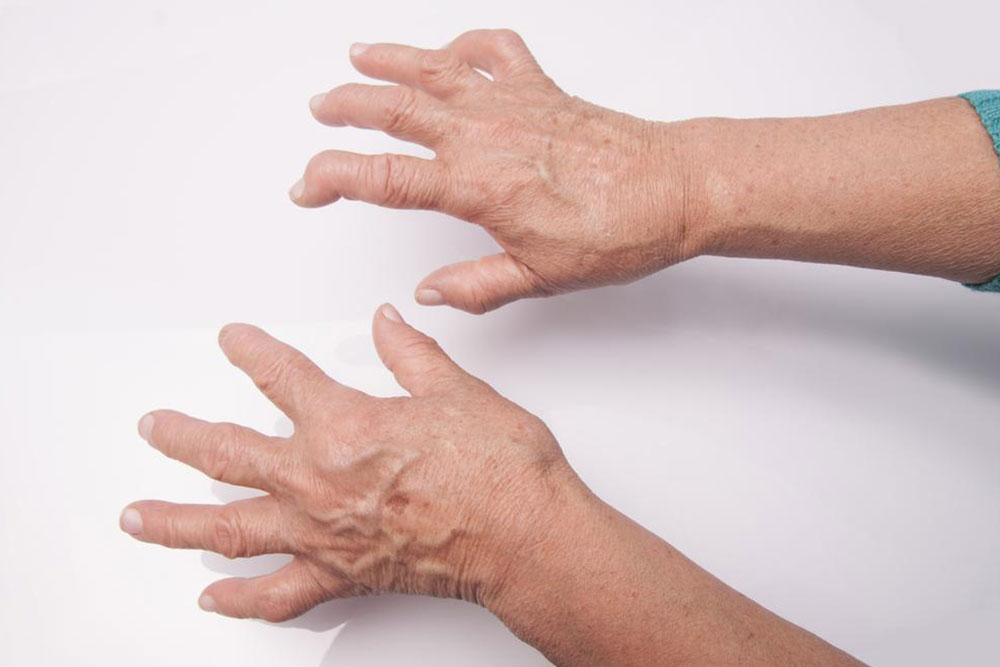What you need to know about Rheumatoid Arthritis and Lupus
Rheumatoid Arthritis and Lupus are chronic inflammatory autoimmune diseases. These are conditions where the body attacks and damages its own immune system. Inflammation causes pain, redness, swelling, loss of function, and heat; it can affect internal or external organs or sometimes both.
The differences between Rheumatoid Arthritis and Lupus
Rheumatoid Arthritis (RA) is a chronic inflammatory disorder of the joints. It may affect other areas of the body too. It causes pain, stiffness, and swelling affecting the function of joints.
Lupus is also known as systemic lupus erythematosus (SLE). It is an inflammatory disorder that takes on different forms and affects any part of the body.

Rheumatoid Arthritis and lupus can both affect people of all ages, although the cause is unknown.
You may experience difficulty sleeping, dry, itchy eyes, or chest pain while breathing. Look for symptoms of weight loss, weakness, depression, or numbing of skin tissues. Make sure to go for a medical diagnosis at the earliest if you feel any of the following symptoms of Rheumatoid Arthritis or Lupus.
Early symptoms of Rheumatoid Arthritis include:
– Fever
– Anemia
– Joint pain
– Joint Stiffness
– Joint swelling
– Deformity of the joints
– Joint pain in many places
– Joint tenderness
– Loss of joint functions
– Same joints affected on both sides of the body
Few early symptoms of lupus include:
– Unexplained fever
– Kidney inflammation
– Fatigue
– Hair loss
– Skin rashes (butterfly shaped affecting nose and cheeks)
– Pulmonary issues
– Gastrointestinal problems
– Painful swollen joints
– Dry mouth or eyes
– Thyroid problems
Treatment for Rheumatoid Arthritis and Lupus
While there is no definitive cure, you can expect to live a normal lifestyle. If you encounter serious complications, you may need strong medication.
If you experience mild symptoms, you may not need treatment. Make sure to follow your doctor’s instructions and treatment plans on time. You must also concentrate on improving your lifestyle and well-being. Talk to your doctor and find an effective treatment plan best suited for you and make sure to attend all follow-up appointments. Be patient. Don’t be afraid to ask questions. Start low impact exercises like biking, walking, or swimming. Exercise is a great way to improve mental health and stay in a positive mood. Make sure to get plenty of rest and also take breaks between activities. Balancing activities with rest helps reduce fatigue and inflammation. Eat a nutritious and well-balanced diet. Avoid alcohol and smoking as it can worsen symptoms and impair circulation. Protect your skin from sunburns or rashes; make sure to always wear sunscreen, sunglasses, and a hat. Lastly, don’t be afraid to ask for help or join a support group; talking to people with similar experiences can boost confidence and productivity.

